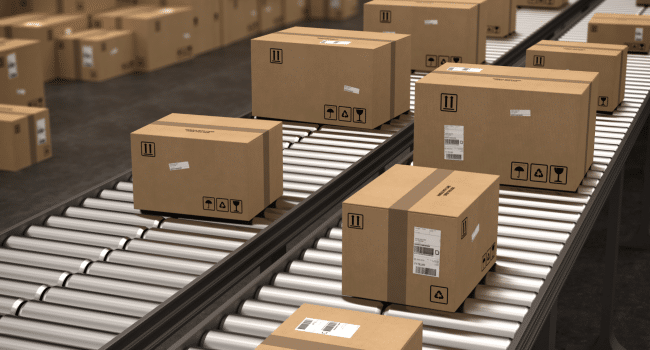Table of Contents
Shipping beer safely requires more than just tossing bottles into a box and hoping for the best. Whether you’re a craft brewery fulfilling online orders or a homebrewer sending out samples, the right packaging can mean the difference between perfectly delivered beer and a disappointing, broken mess. Here’s how to protect your beer bottles during transit and ensure they arrive safely at their destination.
1. Choose Sturdy, Protective Packaging
Not all boxes are created equal when it comes to shipping fragile glass bottles. The best option is a well-designed shipper with protective inserts that hold each bottle securely in place. Inserts prevent bottles from shifting inside the box, reducing the risk of collision and breakage. Look for durable, double-walled cardboard boxes with built-in partitions to cushion bottles from impact.
2. Keep Bottles Snug and Secure
Loose bottles inside a box are more likely to break. Using inserts or molded pulp trays can keep each beer bottle separate and firmly in place. Some packaging solutions also include foam padding or air-cushioned dividers for an extra layer of protection. If you’re shipping fewer bottles than the box is designed for, fill empty spaces with packing material like biodegradable peanuts, crumpled paper, or bubble wrap.
3. Seal and Label the Box Properly
Strong adhesive tape is essential to seal the box and prevent accidental openings during transit. Reinforce the seams and corners with extra tape for added security. Additionally, label the package as “Fragile” and “This Side Up” to encourage careful handling. Some carriers offer special fragile item handling—check their policies.
4. Use a Reputable Shipping Carrier
Not all shipping companies handle alcohol, so it’s important to research your options before sending beer through the mail. Many carriers require proper labeling and compliance with local alcohol shipping laws. If you’re a brewery shipping beer directly to customers, ensure your chosen carrier is licensed to transport alcohol to your destination.
5. Consider Climate and Shipping Speed
Temperature fluctuations can affect beer quality. If you’re shipping during extreme heat or cold, consider expedited shipping to reduce exposure to harsh conditions. Some breweries even use insulated packaging or cold packs to maintain optimal temperatures during transit.
6. Test Your Packaging Before Sending Large Shipments
Before committing to a bulk shipment, test your beer bottle shipping boxes by sending a sample box to yourself or a trusted recipient. This allows you to identify weak spots in your packing process and make adjustments as needed.
Conclusion
Shipping beer doesn’t have to be a gamble. With high-quality, secure inserts, and a little extra care, you can protect your bottles and ensure they reach their destination intact. Whether you’re shipping across town or across the country, investing in proper packaging is key to delivering a great beer experience—without the risk of broken glass.
